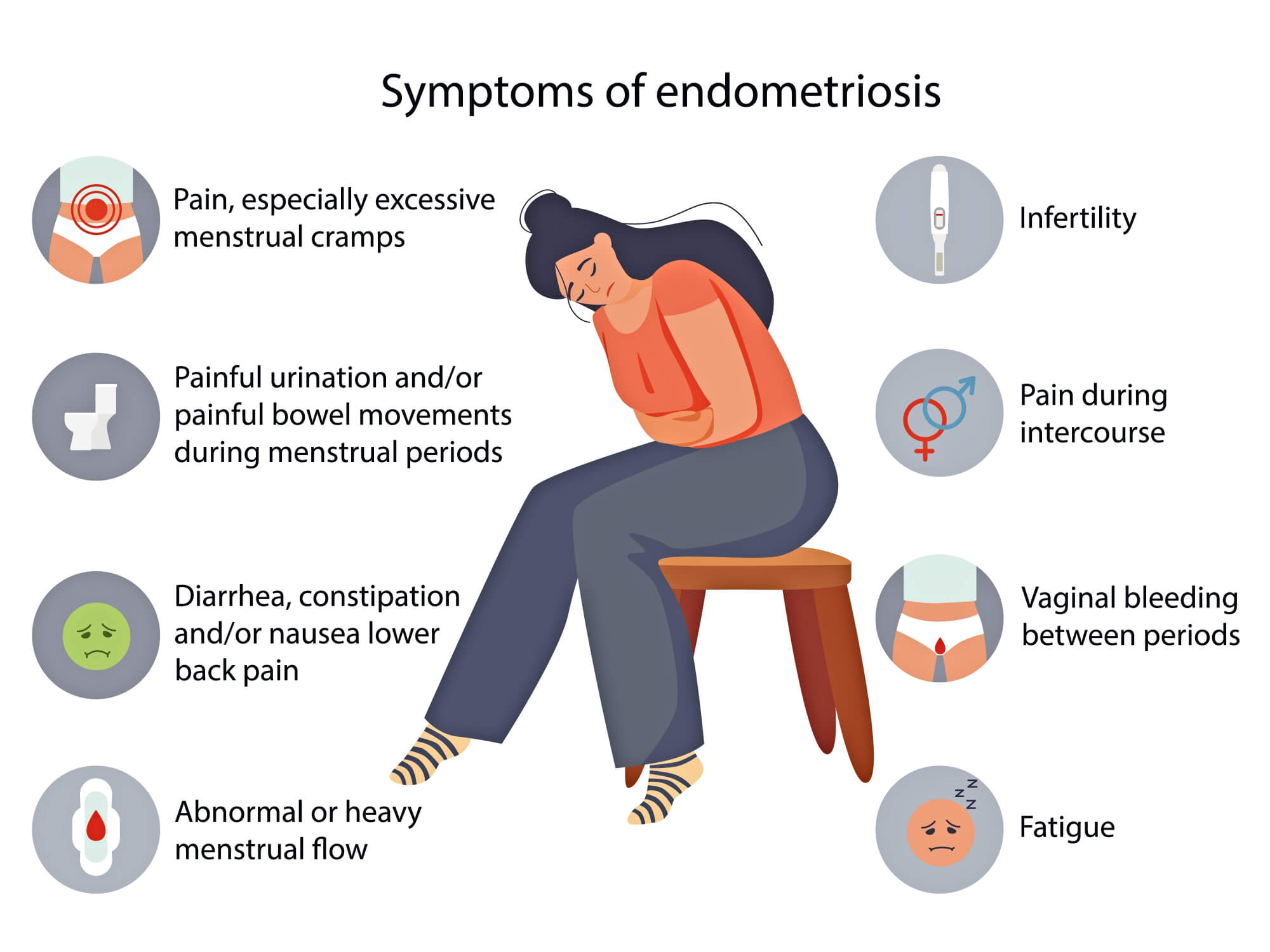Endometriosis Is An Invisible & Neglected Disease- Dr. Vimee Bindra


“Endometriosis can end patients’ careers and hamper their Lifestyle and education. It is time to wake up and recognize it as a potential chronic disability,” said Dr. Vimee Bindra – Endometriosis Excision Surgery Specialist, Co-Founder “ENDOCRUSADERS, and founder of Endometriosis Foundation of India.
Endometriosis affects roughly 10% (190 million) of reproductive-age women and girls globally and more than 25 million in India. There is currently no known cure for endometriosis and treatment is usually aimed at controlling symptoms. Access to early diagnosis and effective treatment of endometriosis is important but is limited in many settings, including in low- and middle-income countries.
Women suffering from endometriosis experience most commonly one or more of the following symptoms: chronic pelvic pain, severe dysmenorrhea, deep dyspareunia, pain during defecation/urination, loin pain, irregular bleeding, constipation/diarrhea, as well as reduced fertility and chronic fatigue.
Numerous and severe symptoms, chronicity of the disease, side effects of therapies as well and diagnostic delays significantly affect women’s overall quality of life, including professional performance, and place high demands on the treating physicians. Consequently, disease symptoms, especially endometriosis-related pain and fatigue, may disturb the development and realization of long-term goals such as a professional career and may make it difficult to meet the demands of a job. About 40% of women with endometriosis report impaired career growth due to endometriosis, and about 50% experience a decreased ability to work due to their chronic disease.
The quality of working life is a major aspect of the quality of life overall, which in turn is the most important predictor of the total cost of disease. About 66% to 75% of the total costs of endometriosis arise from reduced ability to work and not from direct costs of treatment. Being able to work in a desired occupation may not only have a strong impact on a woman’s financial situation and on the perception of and attitude towards daily work but can also be an important health factor. Unsatisfactory work and limited possibilities for change are associated with increased levels of headache, fatigue, and depressed mood, says Dr. Vimee Bindra.
Frequent sick leave and reduced work productivity can put affected women under observation by superiors and under greater pressure to deliver full performance. The rather intimate and gender-specific nature of the most common endometriosis symptoms tends to make affected women feel embarrassed.
Hence, a better understanding of endometriosis and its impacts on any aspect of life, including professional activity, not only by medical professionals but also in society and politics would help affected women and their families to reduce the negative consequences of the disease, says Dr Vimee Bindra.
